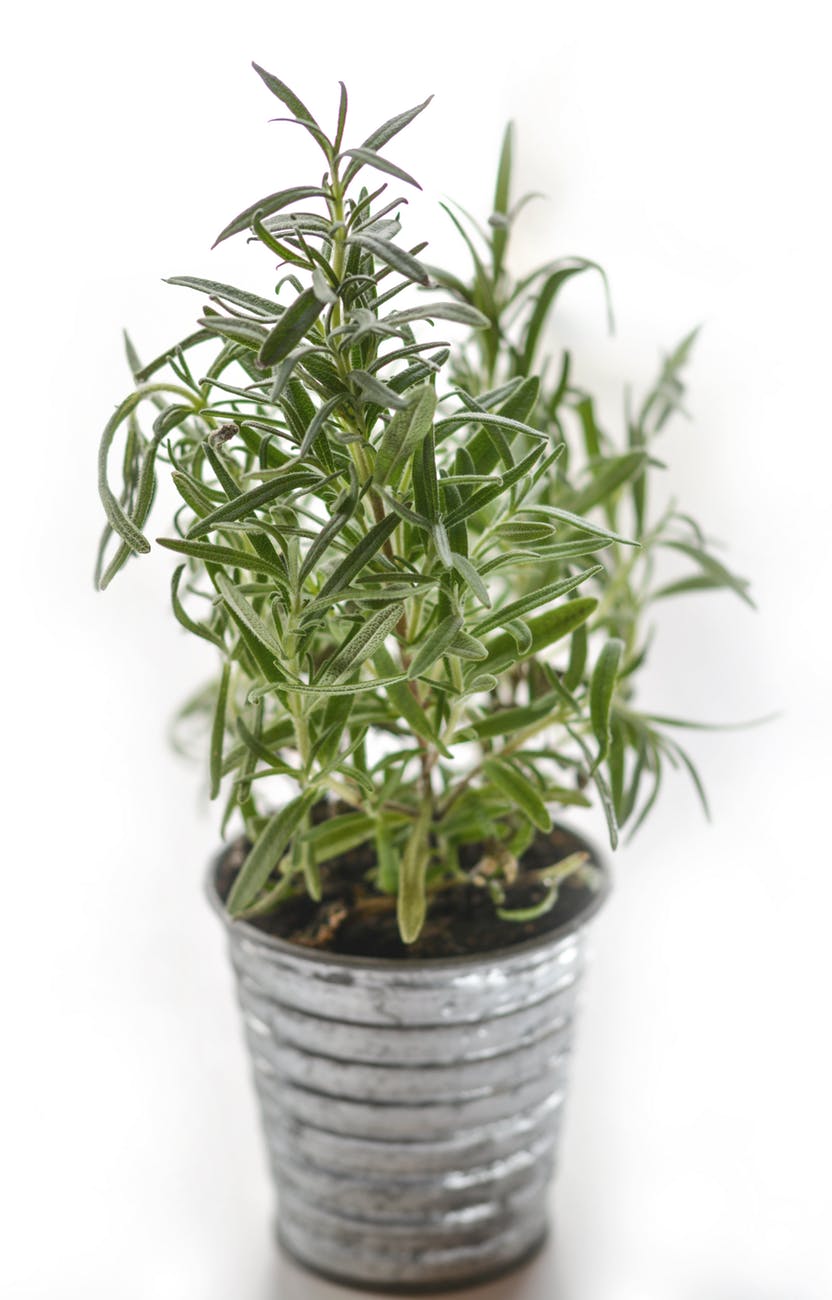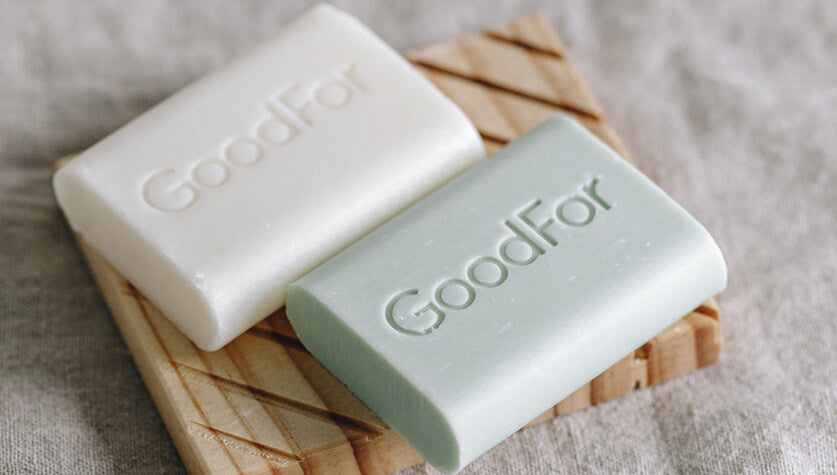The 5 Best Herbs to Plant in Springtime
Spring is the most exciting time of the year to immerse oneself in the garden! The brooding atmosphere of winter has begun to lift, and the chill in the air is becoming few and far between. Growing your own herbs at this time of year is a no-brainer - from the obvious health & taste benefits of super fresh, organic flavours; to avoiding the waste of an entire bunch of store-bought herbs for a simple garnish. Not to mention the ease and satisfaction of growing and eating from your own herb garden! You need not be a seasonal gardener with raised beds to get started. Most herbs can grow quite happily in a few small pots placed in a sunny window!
Celebrate spring with these 5 herbs for all culinary endeavours, including tips on how to keep them alive & kicking for the spring/summer salad season ahead!
Mint
It is best to buy mint as young plants in spring. Mint is a plant that will spread all over the place if planted straight into the ground, which is why it might be a good idea to plant it in a large pot filled with multi-purpose compost that can be placed in a prominent place for easy picking. We recommend you pick your mint regularly to keep the plants compact and to ensure lots of new shoots.
Our fave culinary uses: Mint tends to die back over winter, so make the most of your spring/summer harvest. From a refreshing tea to a classic sauce for roast lamb and new potatoes, mint is one of the most useful culinary herbs.

Basil
As much as you hear about basil loving the heat (which is very true), it may surprise you that basil does best if started as seeds indoors and then transplanted outside when the weather permits. The best options for growing basil would be to either a) Sow the seeds near a sunny window or in a greenhouse in early spring and then transplant to the garden in early summer; or b) Sow the seeds directly into the garden in late spring.
Our fave culinary uses: Freshly grown basil is best known for its use in fresh pesto, or as an aromatic addition to many Italian dishes. Try our go-to Basil Pesto Pasta for an easy midweek dinner. Note that it is okay to include the smaller basil stems in dishes, however thicker stems and stalks should be discarded because they tend to be bitter in taste.

Coriander
Be sure to start your coriander seeds straight into the ground at the start of spring. The seeds will tolerate even a light covering of snow if they have to, and the minute it is warm enough they will germinate! Aim to plant your coriander either in a sunny or partially shaded spot in the garden.
Our fave culinary uses: The love-it-or-hate-it fresh flavour of coriander can be used in anything from Indian dishes, to Asian stir-fries, to Mexican morsels. Use it to garnish this Creamy Red Lentil Dahl, these Kumara Chip Vege Nachos, or these Chickpea Lettuce Cups. It’s also a key ingredient in our Falafel Nourish Bowl and the Pea Hummus side in this Freekeh Mushroom Salad recipe. Don’t forget to include coriander in your homemade guacamole!

Dill
Dill has super speedy growth in the cool spring soil and offers a bright sunny flavour to your dishes in no time. Dill likes to reseed itself once it has been trimmed back numerous times, so planting in the spring and continuing to plant at weekly intervals will provide you with plenty of dill. It dries and freezes perfectly, so build up a seasonal stash while you can!

Thyme
Thyme really is the smell of summer! It thrives in full sun and loves heat, so if growing indoors make sure your plant is near a sunny window.
Our fave culinary uses: Thyme is included in many savoury dishes to add an additional layer of flavour without being overwhelming, such as meat & fish dishes, soups, sauces, braises and even hummus (try our Garlic and Herb Hummus). This Mushroom and Lentil Shepherd’s Pie uses thyme in the filling, as well as the garnish. Thyme may also be sometimes used as a cocktail element or in a freshly brewed tea!

 GoodFor
GoodFor


